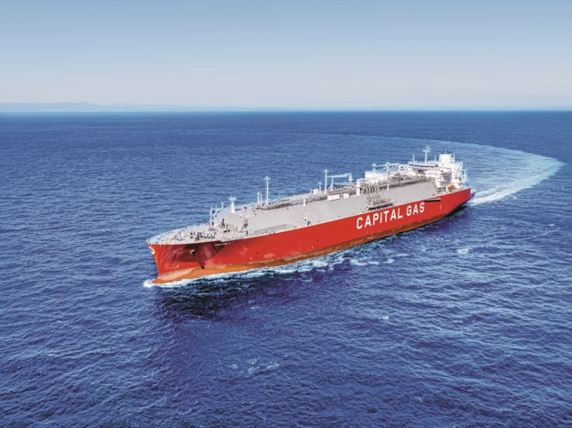
The LNG market is in constant growth, with the global LNG Carriers fleet numbering a total of 700 ships at the end of 2021 and evidence shows that new orders are at peak, according to the latest report of the International Liquefied Natural Gas Importers Group (GIIGNL).
In particular, the 700 vessels included 48 Floating Storage and Regasification Units (FSRU) of Liquefied Natural Gas (LNG), 31 LNG bunkering vessels and 33 LNG carriers. The total cargo capacity at the end of 2021 was 104.1 million cubic metres, while the total operational capacity (vessels known to be in service) amounted to 103 million cubic metres.
Orders, forecasts and estimates
In 2021, 68 vessels were delivered, compared to 47 vessels in 2020, and the number of new orders reached a total of 111, which included 3 FSRUs and 15 vessels (13 LNGBV + 2 LNG carriers) of less than 50,000 cubic metres. In addition, at the end of last year (according to GIIGNL data) the book of new builds consisted of 196 ships with a total capacity of 29.6 million cubic metres, including 5 FSRUs and 25 vessels (22 LNGBVs + 3 LNG carriers) of less than 50,000 cubic metres.
It is worth noting that the order books accounted for 28% of the existing fleet of LNG carriers, with 44 ships delivered in 2022. Of these, one Floating Storage and Regasification Unit (FSRU) and 11 vessels (10 LNGBV + 1 LNG carrier) of less than 50,000 cubic metres are recorded.
In an effort to replace Russian gas with LNG, more and more countries are investing in FSRUs. At the end of 2021, the total fleet consisted of 48 floating units, with a total capacity of 7.1 million cubic meters, while the order books include 5 FSRUs, one of which is scheduled for delivery in 2022.
In the long term, even more demand is expected for LNG Carriers with a capacity of over 50,000 cubic metres. In 2021 there were 588 vessels worldwide, with 166 additional orders, 32 of which are scheduled for delivery this year.
Finally, regarding LNG bunker vessels (LNGBV) for maritime use, the total fleet consisted of 31 vessels at the end of 2021, while in 2022 another 10 vessels are expected to be delivered.
During the same period the average fare in the spot market for a 160,000 cubic metre LNG carrier was $89,200 per day, up 50.4% from an average of $59,300 per day in 2020. Over the past year, fares have risen significantly and benefited, inter alia, from an increase in demand for LNG from Asia combined with an increase in supply in the US.
Increase in global imports in 2021
According to the report, in 2021 global LNG imports increased by 4.5% to 372.3 million tonnes. Specifically, global imports increased by 16.2 million tonnes due to the economic recovery following the lockdown and the continuing trend towards a switch from coal to gas, although the annual growth rate of 4.5% remained far from pre-pandemic levels.
Despite the upward trend, there was a decrease in Europe, with Greece registering the highest drop rate by 25.5%, followed by the Netherlands (a drop of 24.1%). “This situation deteriorated until the last quarter of 2021 and Europe’s difficulty in filling its underground warehouses forced demand to adapt by reducing industrial consumption and switching from gas to coal,” the report stated.
Evidence shows that the market recovery was uneven, with Asia registering the highest growth – led by China, which surpassed Japan as the world’s largest importer of LNG, while Europe registered an 8% decline and struggled to attract LNG shipments throughout most of the year.
Concerning global LNG demand, Asia continued to be the first importing region, with a 73% share of global LNG imports, an increase of 7% compared to 2020, led by China, Japan and South Korea. China imported 79.3 million tonnes, while Japan’s imports amounted to 74.4 million tonnes.
A new country –Croatia– began importing LNG in 2021, bringing the number of importing countries to 44, while the number of exporting countries reached 19. As pointed out, at least six new markets could start importing LNG in 2022 (El Salvador, Ghana, Hong Kong, Philippines, Senegal and Vietnam). Australia was the main exporter of LNG in 2021 with 78.5 million tonnes, followed by significant contributions from Qatar, the US and Malaysia, which combined accounted for 59.8% of the global supply of liquefied natural gas.
On the other hand, the largest reductions in LNG exports were registered in Nigeria (–4.1 million tonnes) due to maintenance problems, Trinidad and Tobago
(–3.9 million tonnes) due to gas shortages, and Norway (–2.9 million tonnes).
According to the report, further growth was recorded in 2021 in the Atlantic region and the Middle East, while the Pacific region, despite a decline in LNG exports, remains the world’s largest producer (143.9 million tonnes or a share of 38.6%).
The USA as a leading exporter
In terms of spot market or short-term time charter contracts, 136.3 million tonnes of LNG were imported, representing 36.6% of total trade, compared to 40% in 2020. The United States consolidated its position as the leading exporter to the spot market with almost a third (32.2%) of trade, followed by Australia with a market share of 18.7%. These imports increased during the seasonal winter peak.
Given the increased demand for LNG, global regasification capacity has increased by 46 million tonnes per year (MTPA), reaching 993 million tonnes. In this context, four new large-scale terminals were opened in Brazil, Croatia, Indonesia and Kuwait, while five expansion projects were completed, four of them in China and one in Japan.
Α vital role in ensuring energy security
In an environment characterised by geopolitical tensions, risks of energy shortages, and price volatility, the market saw a strong return on long-term contracts last year, while the fact that in the six years between 2015–2021 imports of LNG into the EU increased by 73% is noteworthy. As the GIIGNL international group report states, the apparent price volatility was exacerbated in February 2022 by the Russian-Ukrainian armed conflict and the European energy crisis currently underway are a strong reminder of LNG’s vital role in ensuring energy security and economic stability worldwide. “In the future, the replacement of polluting fuels and the geographical mismatch between gas production and consumers will create additional demand for LNG. While many economies are facing the impact of the energy crisis, LNG has great potential to support economic growth and the achievement of net-zero CO2 emissions, provided that additional investment is made at all stages of the market.”
Latest News

WTTC: Travel & Tourism to Create 4.5M New Jobs in EU by 2035
This year, international visitor spending is set to reach 573 billion euros, up by more than 11% year-on-year
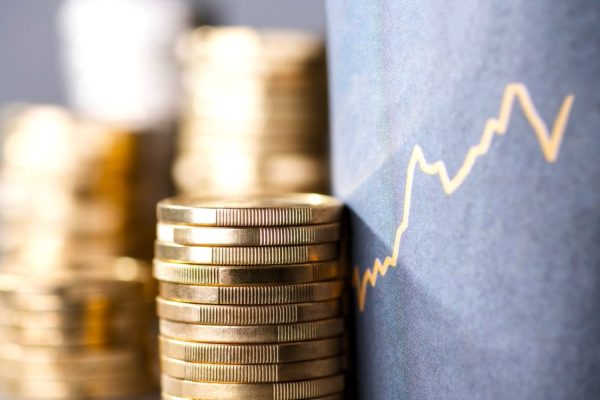
IMF: US Tariffs Shake Global Economy, Outlook Downbeat
IMF slashes global growth forecast to 2.8% as U.S. tariffs create uncertainty and ‘negative supply shock

First Step Towards New Audiovisual Industry Hub in Drama
The project is set to contribute to the further development of Greece’s film industry and establish Drama as an audiovisual hub in the region

Airbnb Greece – Initial CoS Ruling Deems Tax Circular Unlawful
The case reached the Council of State following annulment applications filed by the Panhellenic Federation of Property Owners (POMIDA)

Mitsotakis Unveils €1 Billion Plan for Housing, Pensioners, Public investments
Greek Prime Minister Kyriakos Mitsotakis has announced a new set of economic support measures, worth 1 billion euros, aiming to provide financial relief to citizens.
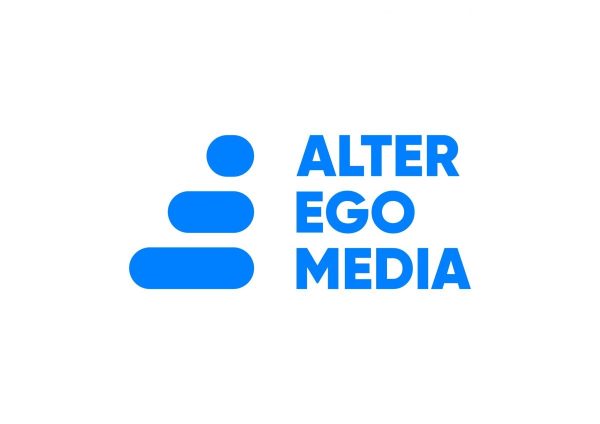
Alter Ego Ventures Invests in Pioneering Gaming Company ‘Couch Heroes’
Alter Ego Ventures' participation in the share capital of Couch Heroes marks yet another investment by the Alter Ego Media Group in innovative companies with a focus on technology.

Corruption Still Plagues Greece’s Driving Tests
While traffic accidents continue to claim lives on Greek roads daily, irregularities and under-the-table dealings in the training and testing of new drivers remain disturbingly widespread

Pope Francis Died of Stroke and Heart Failure Vatican Confirms
As news of the official cause of death spread, tributes poured in from across the globe. The 1.4 billion-member Catholic Church is united in grief, remembering a pope who championed inclusion, justice, and compassion

Increase in Both Museum Visits, Revenues for 2024
As expected, the Acropolis was the top archeological site in the country, followed by Sounion, Mycenae, the ancient theater of Epidaurus, and Vergina in northern Greece

Where Greece’s Tourists Come From: A Look at 2025’s Top Visitor Markets
The United Kingdom continues to hold the top spot as the largest source of incoming tourism, with 5.6 million seats booked for Greece this summer — up 2.2% from last year. This accounts for 20% of all international air traffic to Greece
















![Ξενοδοχεία: Μεγάλο το ενδιαφέρον για επενδύσεις στην Ελλάδα – Η θέση της Αθήνας [γραφήματα]](https://www.ot.gr/wp-content/uploads/2025/03/Athens-hotels-90x90.jpg)










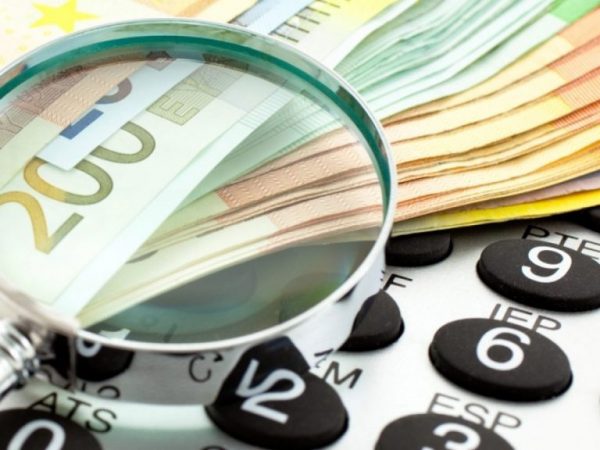





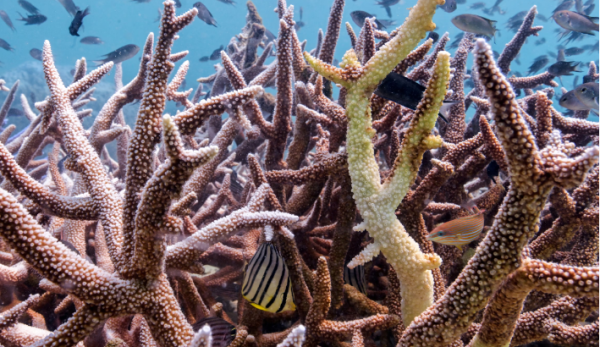






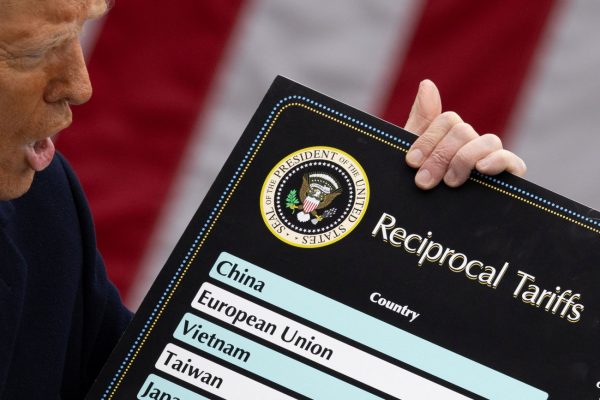
 Αριθμός Πιστοποίησης
Αριθμός Πιστοποίησης